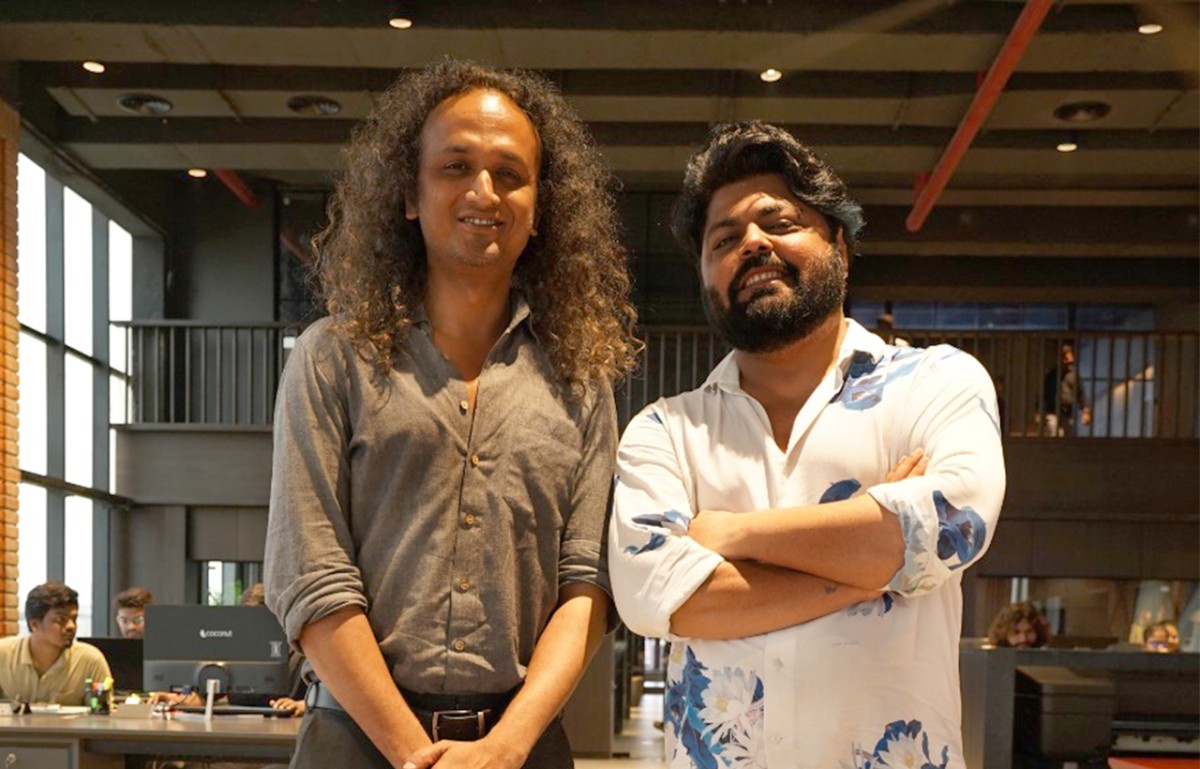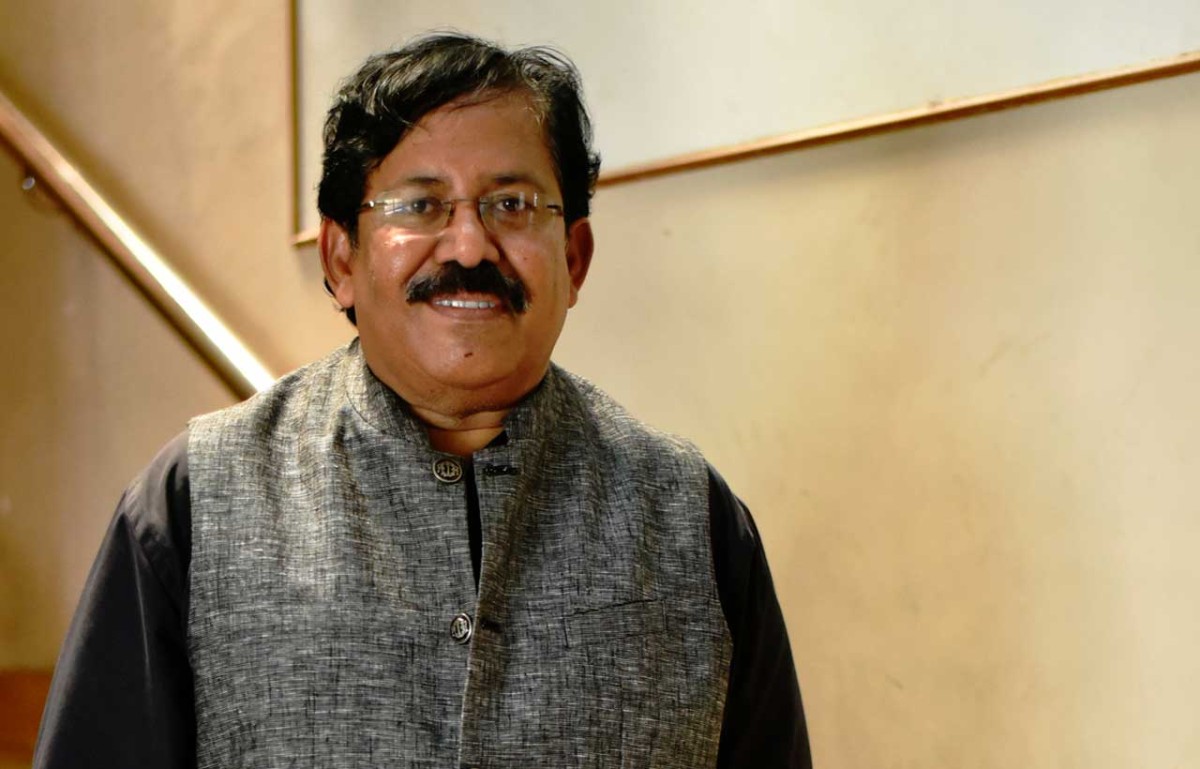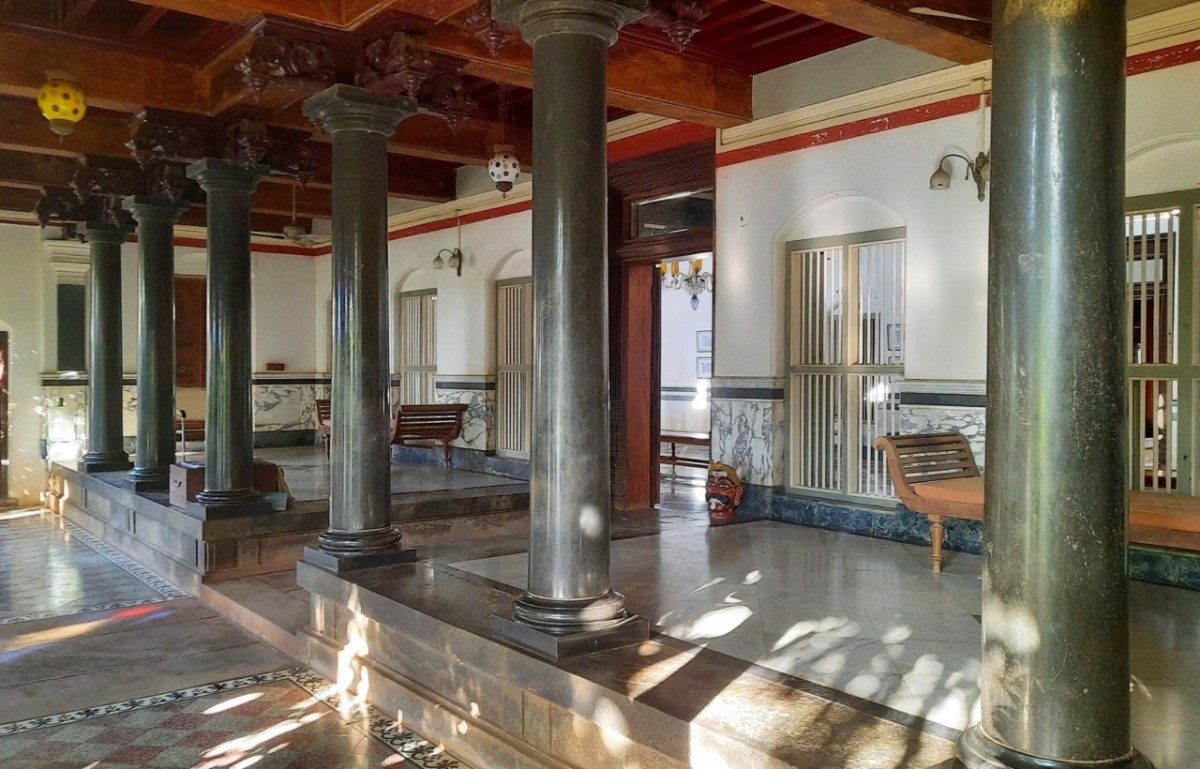Construction Industry Shift: Smarter, Safer, Stronger
- November 22, 2023
- By: Editorial Team
- INFLUENCERS
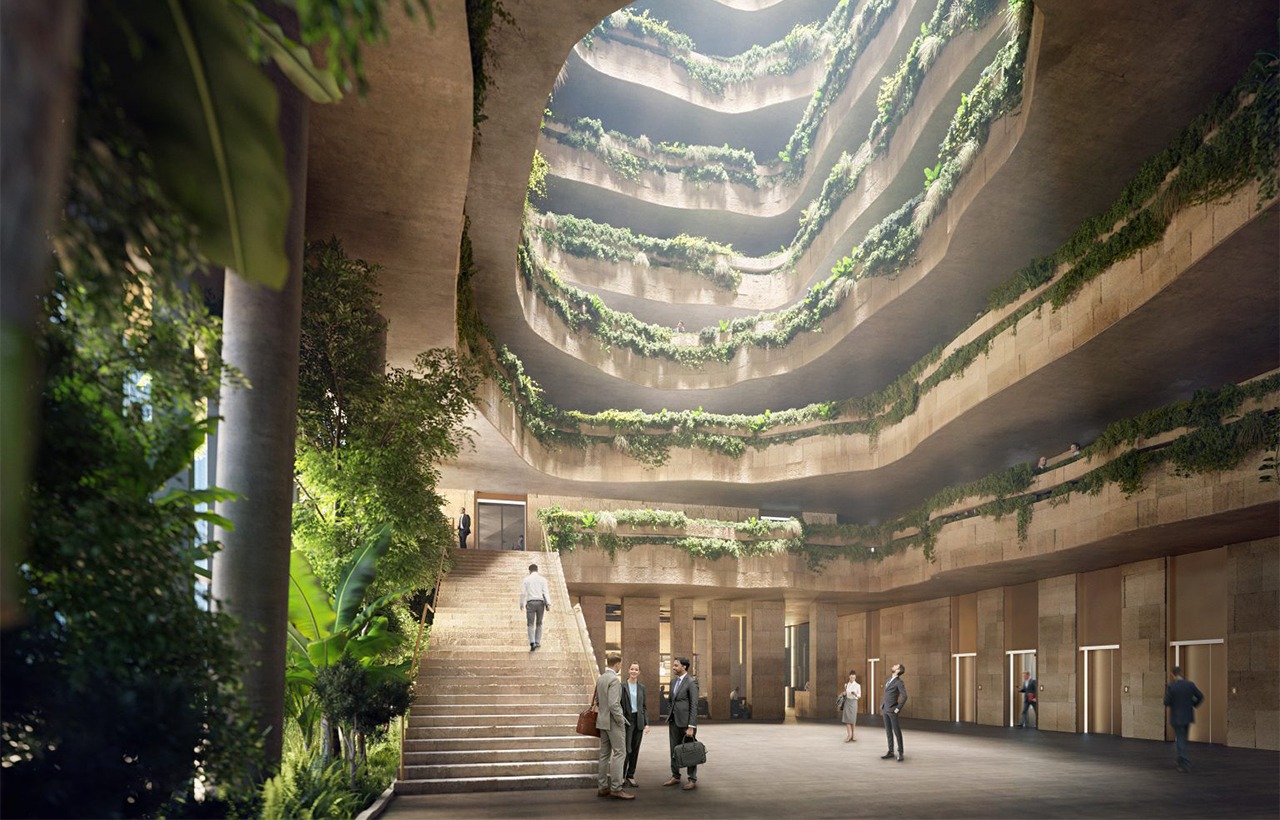 The energy-intensive construction sector and environmental sustainability don't always go hand in hand. The World Green Building Council estimates that the construction sector accounts for 39% of global carbon emissions and is a major consumer of natural resources and raw materials.
The energy-intensive construction sector and environmental sustainability don't always go hand in hand. The World Green Building Council estimates that the construction sector accounts for 39% of global carbon emissions and is a major consumer of natural resources and raw materials.
As construction companies aim to lower their energy consumption in completed buildings, sustainable construction design will become increasingly important. Nevertheless, the survey also showed that, out of 1,000 respondents from various industries worldwide, executives are more likely to have set sustainability goals than to have actually taken action to meet those goals.
One facet of the incredibly intricate construction sector that struggles with ever-tougher laws pertaining to sustainability and health and safety is sustainability.
.jpeg) Leaders in engineering and construction must balance a variety of conflicting demands as they work to keep costs under control, maintain effective working relationships with numerous suppliers and subcontractors, and reduce energy costs and carbon emissions while operating heavy, energy-consuming machinery.
Leaders in engineering and construction must balance a variety of conflicting demands as they work to keep costs under control, maintain effective working relationships with numerous suppliers and subcontractors, and reduce energy costs and carbon emissions while operating heavy, energy-consuming machinery.
In addition, efforts are being made to create buildings that are more technologically sophisticated, taller, greener, healthier, and scalable than in the past.
With a sense of urgency towards the future brought about by global time horizons such as the UN 2030 Agenda for Sustainable Development, the architecture community is debating the best course of action to tackle the ecological crisis. The field of sustainable architecture is one that is always changing and evolving. Since "sustainable" by definition means long-lasting and durable, it follows that green architecture ought to endure forever. On the other hand, it is also strongly linked to concepts of low environmental impact, suggesting that sustainable construction and building materials ought to be fleeting, dynamic, and "light".
Introspection on the discrepancy in the definition of sustainable architecture is necessary. The goal of sustainable construction techniques must ultimately reconcile these opposing ideas by valuing longevity and adaptability in order to produce a built environment that is genuinely sustainable for the long term.
Management of construction projects is challenging, starting right from when a company is awarded a project, through to hiring the right people, getting the right materials, supplies, and equipment to the site, and building the structure to completion on time. Once the project is completed, there is continued operation and maintenance. It is becoming more and more difficult to try to implement sustainable practices in all of these areas. With the aid of technology, architects and engineers are creating more energy-efficient building designs, which is increasing pressure on construction companies to digitize.
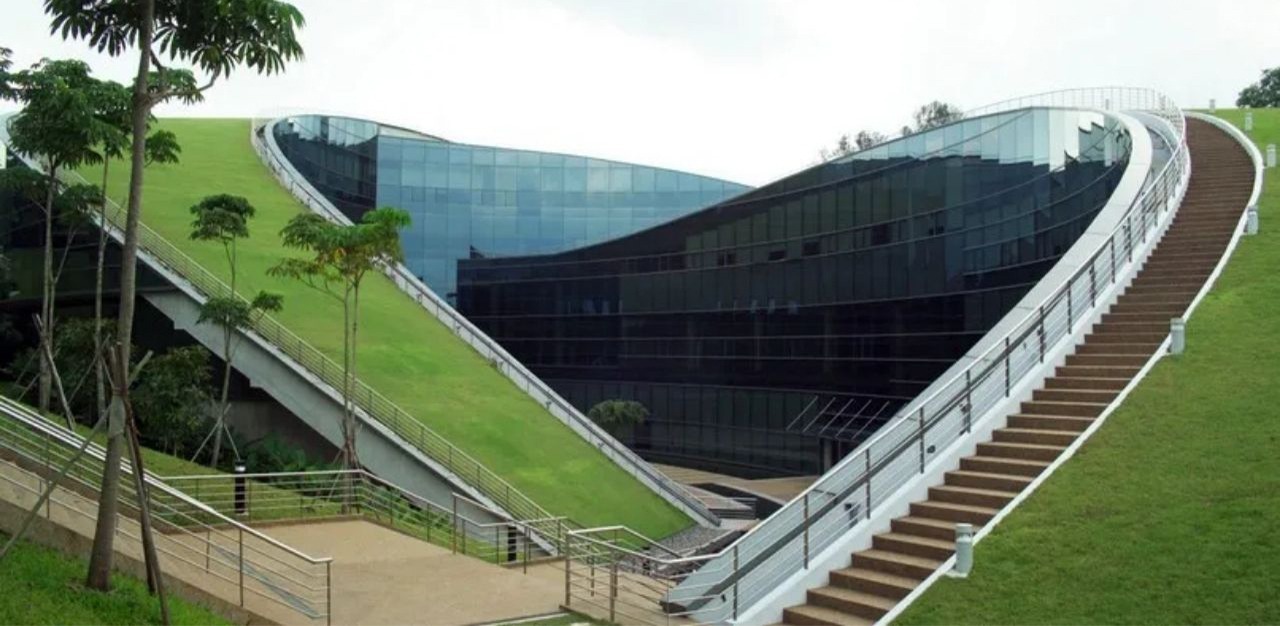
Engineering and construction companies are actually more advanced than many other industries when it comes to using technology in green construction homes during the design process by using digital twins and Building Information Modelling (BIM). This is true even though the industry may lag behind other industries when it comes to adopting sustainable construction methods and practices.
Stay Connected with Building Material Reporter: At Building Material Reporter, we are committed to bringing you the latest and most impactful updates from the world of construction and design. Stay tuned for more insights and ideas on cutting-edge construction technology, green buildings, home decor, interior design, innovative materials, new projects, and architectural advancements. Your go-to source for inspiration and knowledge in the industry—because we believe in serving the best.




